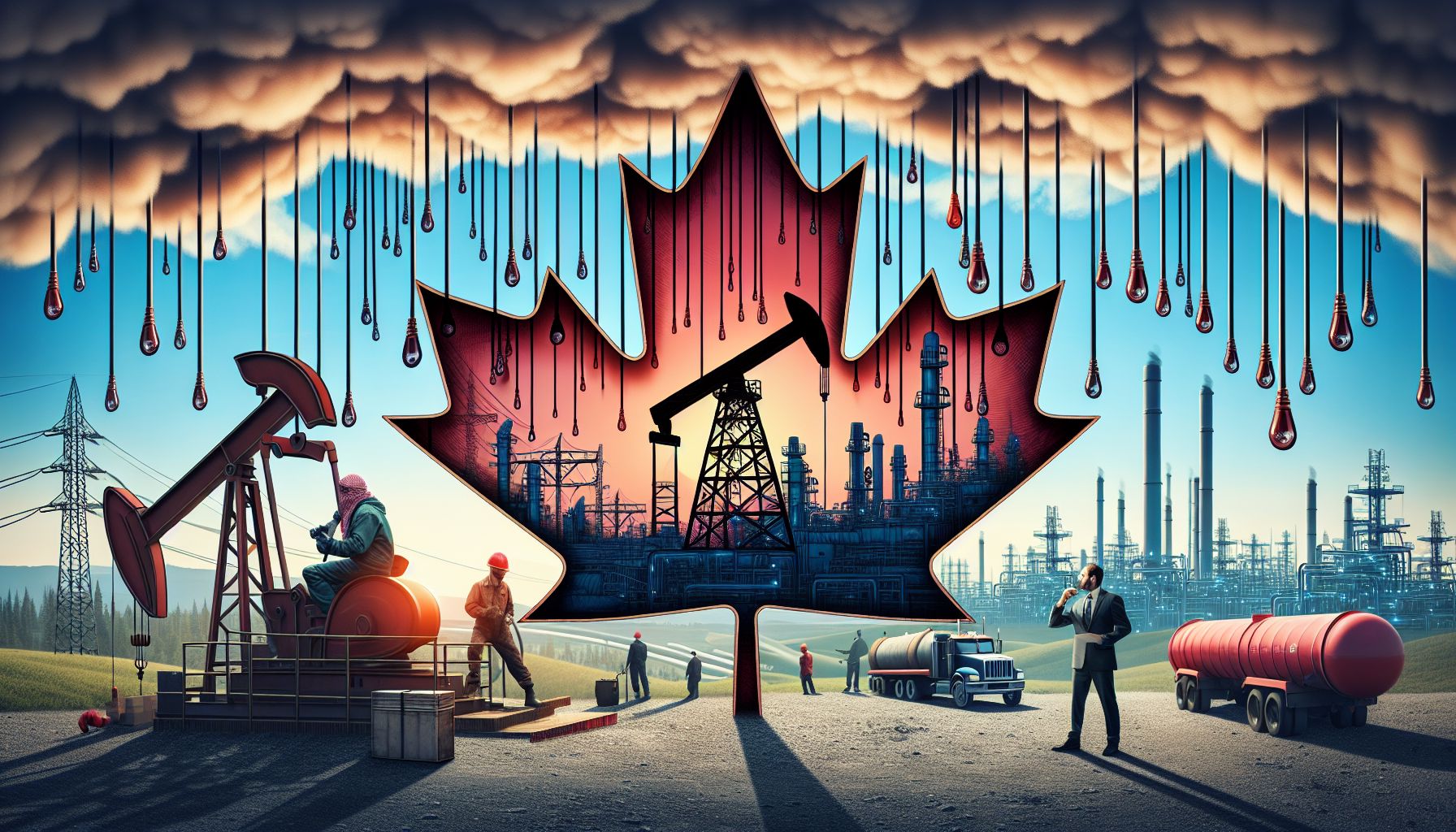Canada’s oil and gas industry has long been a subject of both fascination and controversy. Spanning vast landscapes and contributing significantly to the nation’s economy, this industry plays a crucial role in powering not only Canada but also the global energy sector. Behind the scenes, however, lie a myriad of secrets and mysteries that few are aware of. In this article, we will delve into the unknown aspects of Canada’s oil and gas industry, revealing a hidden world often glossed over by the mainstream narrative.
The Enigma of Geological Formations
One of the most perplexing aspects of Canada’s oil and gas industry lies in its geological formations. Beneath the surface, diverse rock structures can be found, each housing unique deposits of these valuable resources. From the oil sands of Alberta to the shale formations in British Columbia, the variety of geological wonders in Canada is truly astonishing.
These formations, though enigmatic, hold substantial reserves of oil and gas, attracting both domestic and foreign companies to exploit their potential. However, this exploitation comes at a cost, as it often involves controversial extraction methods such as fracking and oil sands mining. The clash between the pursuit of resources and environmental concerns adds an extra layer of complexity to the industry.
Indigenous Relations and Land Rights
Another facet shrouded in secrecy is the relationship between the oil and gas industry and Indigenous communities. Canada is home to numerous Indigenous groups, each with their own unique culture, heritage, and sovereign rights over their ancestral lands.
Historically, many Indigenous communities have been marginalized and faced systemic discrimination. The arrival of the oil and gas industry further exacerbated these issues, with land disputes and the impacts of resource extraction disproportionately affecting these communities.
While efforts have been made to foster dialogue and collaboration, the scale of the industry’s operations often leaves Indigenous communities feeling unheard and powerless. Their struggles and fight to protect their rights and environment are often overshadowed by the industry’s presence, leaving the true extent of this ongoing battle largely concealed from the public eye.
The Intricacies of Global Markets
Canada’s oil and gas industry is not confined to national boundaries; it is intricately woven into the global market. The country is one of the top oil and gas exporters in the world, providing energy resources to countries far and wide. This global dimension adds a layer of complexity to the industry that is rarely discussed.
Canada’s reliance on international markets for its oil and gas exports means that the industry’s fate is tied to geopolitical dynamics. Fluctuating oil prices, political tensions, and environmental regulations in different parts of the world all impact the success and profitability of Canada’s industry. Understanding the intricacies of these global forces is crucial for comprehending the true nature of Canada’s oil and gas sector.
The Quest for Sustainable Solutions
Despite the industry’s contentious reputation, there is a growing movement within Canada’s oil and gas sector to find sustainable solutions and reduce environmental impacts. The necessity of transitioning to cleaner energy sources and addressing climate change has prompted many companies to invest in research and development of renewable energy technologies.
However, this transition is not without its hurdles. The scale of Canada’s existing oil and gas infrastructure, as well as the economic implications of transitioning too rapidly, pose significant challenges. Balancing the need for immediate action to combat climate change while ensuring the industry’s long-term viability is a tightrope act that many are grappling with.
Unveiling the Veiled
Canada’s oil and gas industry is a complex, multi-faceted realm that extends far beyond what meets the eye. From the enigma of geological formations to the intricacies of global markets, and the ongoing struggle for sustainable solutions, this industry is laden with mysteries waiting to be unraveled.
While this article has only scratched the surface, it is a reminder that there is more to the story than what is commonly portrayed. By delving deeper, asking tough questions, and fostering open dialogue, we can strive to unearth the truth and confront the challenges that lie ahead. Only then can we pave the way for a more transparent, inclusive, and sustainable future for Canada’s oil and gas industry.

